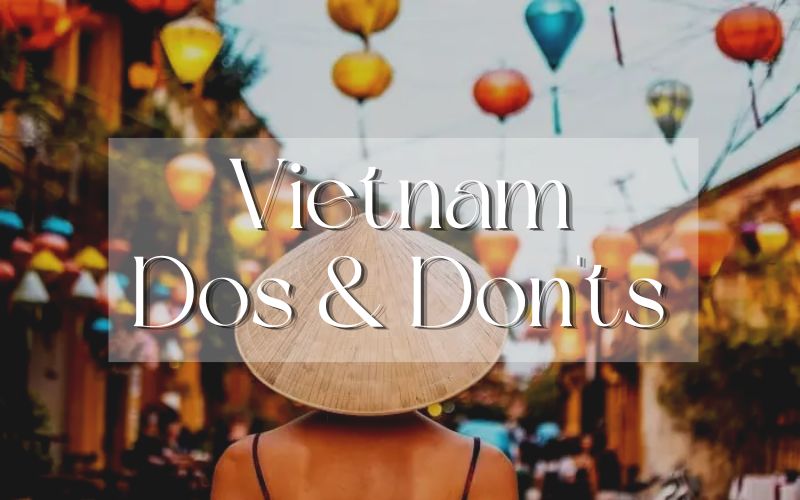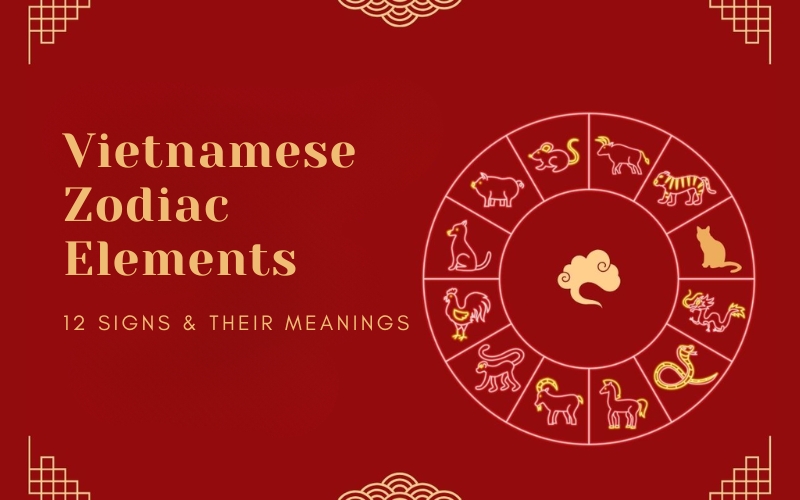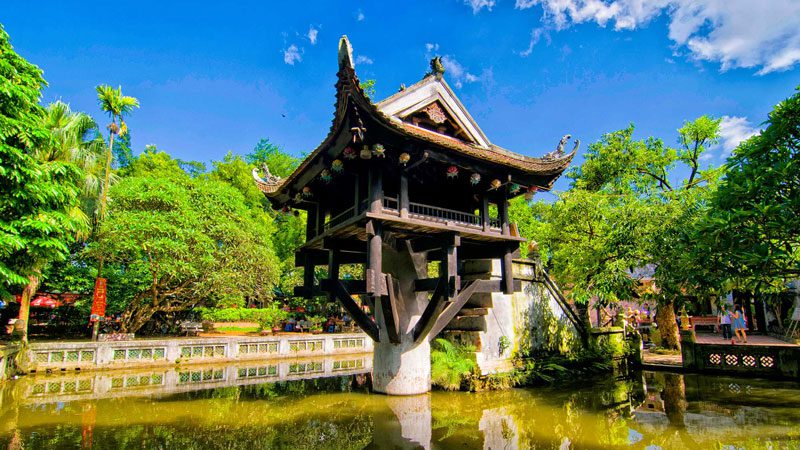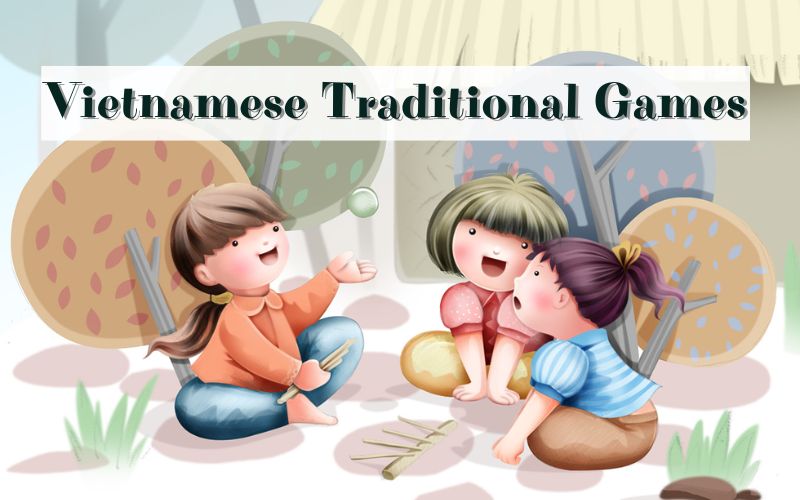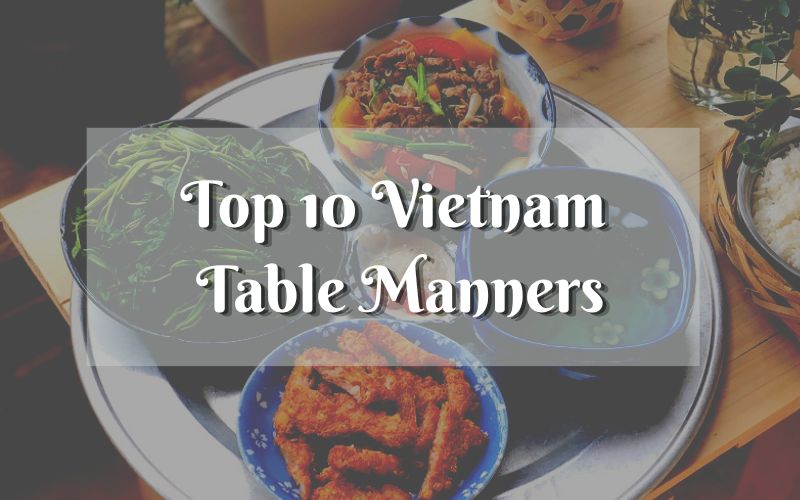Vietnam, situated in Southeast Asia and a proud member of ASEAN, stands as a peaceful and welcoming nation. Brimming with enchanting natural landscapes and the warm hospitality of its people, Vietnam has emerged as a highly alluring destination within Southeast Asia. What sets Vietnam apart and entices tourists is its diverse range of experiences, catering to everyone, from those seeking serene sandy beaches to adventurous mountain trekkers, and from bustling dynamic cities to serene countryside villages.
An Overview of Vietnam History
Hung Vuong was the founder of the Vietnamese nation and the inaugural monarch of the Hung dynasty (2879-258 B.C.). During this early epoch, an intricate system of canals and embankments was introduced for rice field irrigation, which has left a lasting impact on contemporary Vietnamese culture.
Following several initial dynasties, Vietnam fell under Chinese rule in 111 B.C., enduring more than a millennium of colonization. This era significantly influenced Vietnamese society, imprinting Chinese values, norms, and moral principles.
In the 1800s, the French embarked on a mission to colonize Vietnam, ushering in Western education, introducing Christianity, and fostering economic development by exporting tobacco, indigo, tea, and coffee, marking a new stage in Vietnam history & culture. In August 1945, following a nationalist uprising, Vietnam officially declared its independence with The Proclamation of Independence of the Democratic Republic of Vietnam on September 2nd, 1945. Nevertheless, the French sought to regain control and initiated an eight-year-long war of invasion. Despite achieving independence after World War II, France maintained its rule over the country until Northern Vietnamese forces compelled the South Vietnamese government, supported by the United States, to surrender on April 30, 1975. This pivotal moment in history marked the unification of North and South Vietnam, forming the nation as it stands today.
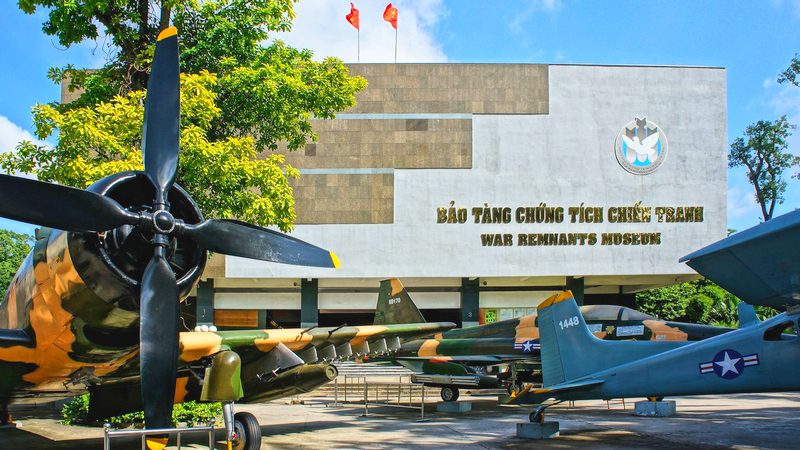
War Remnants Museum
To have a deep insight into this long, painful but heroic history of Vietnam, you can visit historical monuments, such as Cu Chi Tunnels, War Remnants Museum, Hoa Lo Prison, Con Dao, etc.
Diverse and Long-lasting Vietnamese Culture
Vietnam is home to 54 official ethnic groups, with the Kinh/Viet being the majority. This diversity has enriched Vietnam culture, creating a vibrant tapestry of flavors for foreigners to savor. Vietnamese customs related to weddings, funerals, holidays, and rituals are often rooted in village communities rather than individual preferences. For example, in earlier decades, marriages were influenced not only by the desires of the couple but also by familial interests and demands, especially those of the male.
As a multicultural society, Vietnam boasts a wealth of beliefs and religions. There are 37 religious organizations and sects with over 24 million believers, 83,000 officials, 250,000 dignitaries, 46 religious dignitary training schools, and 25,000 recognized worship places. Vietnam’s religious landscape encompasses six major belief systems: Buddhism, Catholicism, Protestantism, Islam, Caodaism, and Hoa Hao Buddhism. Beyond formal religions, Vietnamese people also pay homage to their ancestors at home to honor their heritage and maintain the belief in life after death.
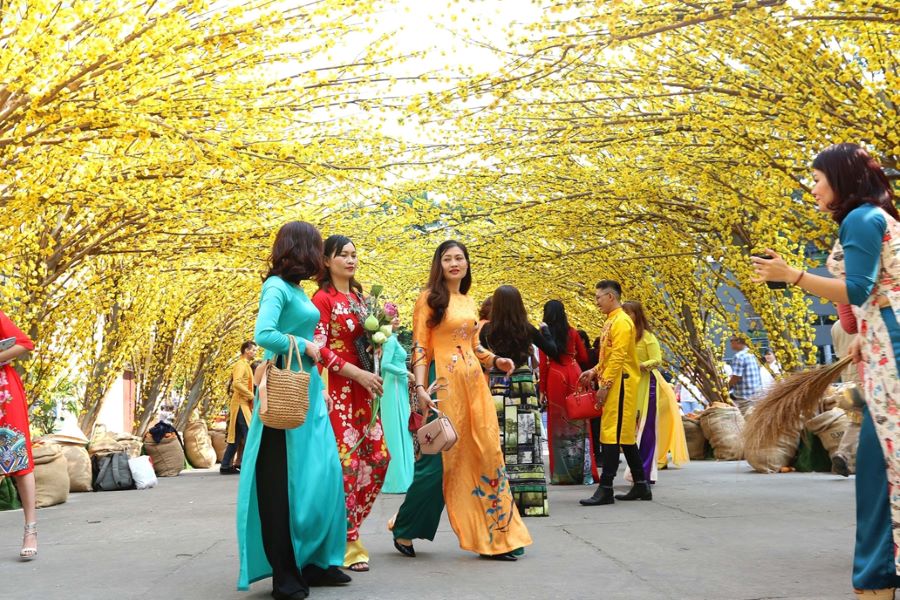
Tet holiday in Vietnam
This rich history and diverse artistic expression are best exemplified by Vietnam’s festivals. Visiting Vietnam during these periods offers a unique and enriching experience, with festivals such as Tet marked by fireworks, temple visits, the exchange of lucky money, house decorations adorned with beautiful flowers and fruits, and more. The Mid-Autumn Festival, typically occurring in mid-September, delights children with paper lanterns, colorful lion dances in the streets, and families gathering to enjoy mooncakes under the full moon.
